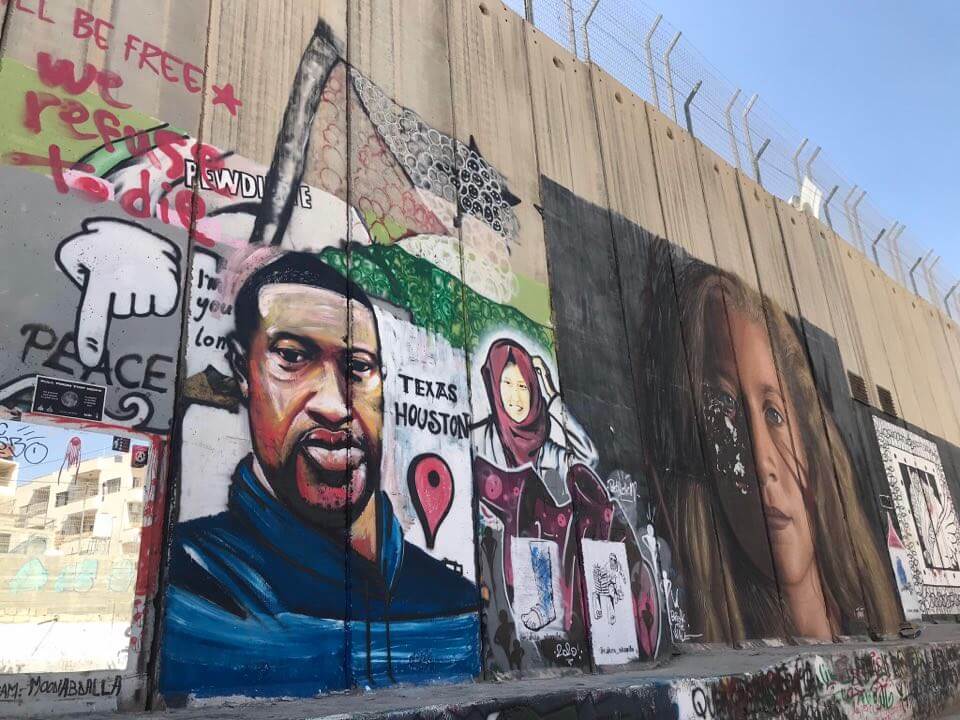For the past two months, this newsletter has been focused on the coronavirus pandemic and its effects on Palestine.
While the pandemic is of course ongoing, with nearly 100 active cases in the West Bank, Gaza, and East Jerusalem, people’s focus here has shifted, like much of the rest of the world, to the ongoing Black Lives Matter protests in the US.
Just days after George Floyd was killed by police officers in Minneapolis, Israeli police shot and killed a Palestinian man with autism while he was on his way to a school for people with disabilities in Jerusalem.
The nature of the killing of the Eyad al-Halaq, who was unarmed and running away from police officers when he was shot, hit home, hard, for so many Palestinians.
It was not the first, and certainly not the last time a Palestinian was killed in cold blood by Israeli forces. The fact that al-Halaq had autism, and was reportedly cowering in fear when he was shot, only made the situation that much more heartbreaking.
While George Floyd was killed for allegedly using a fake $20 bill, Eyad al-Halaq was killed because Israeli police officers thought his cell phone was a gun. Had George Floyd been a white man, he might still be alive. If Eyad al-Halaq was Israeli, he might have made it to his school that day.
The inextricable similarity between their murders has reinvigorated the longtime bond between the struggle for Palestinian liberation and the fight for black liberation in the US.
Many Palestinians are just as heartbroken over the killing of George Floyd as they are over the killing of Eyad al-Halaq.
People have shown their solidarity with the Black Lives Matter movement in the form of vigils, protests, and murals of George Floyd on the Israeli Separation Wall.
Solidarity building between Palestinians and BLM activists is nothing new. But in the current moment, there’s no denying that that bond is growing stronger.
At a vigil in Bethlehem last week, a prominent Palestinian activist stood up before the crowd and explained why “not all lives matter, until Black lives matter.”
Over the weekend, a local graffiti artist painted a mural of George Floyd on the Separation Wall in Bethlehem. Unlike the rest of his paintings, he decided not to sign his name under the image of Floyd.
When I asked him why, he said it was simple: “This is not about me. It’s about remembering George Floyd and lifting him up. This mural is a small token of love from all of Palestine to George Floyd, and to the people standing up for his rights in the US.”


